12 Health Benefits Of Pine Nuts, Recipes, And Side Effects
These oh-so-good nuts may be a tad expensive but are worthwhile for your health.
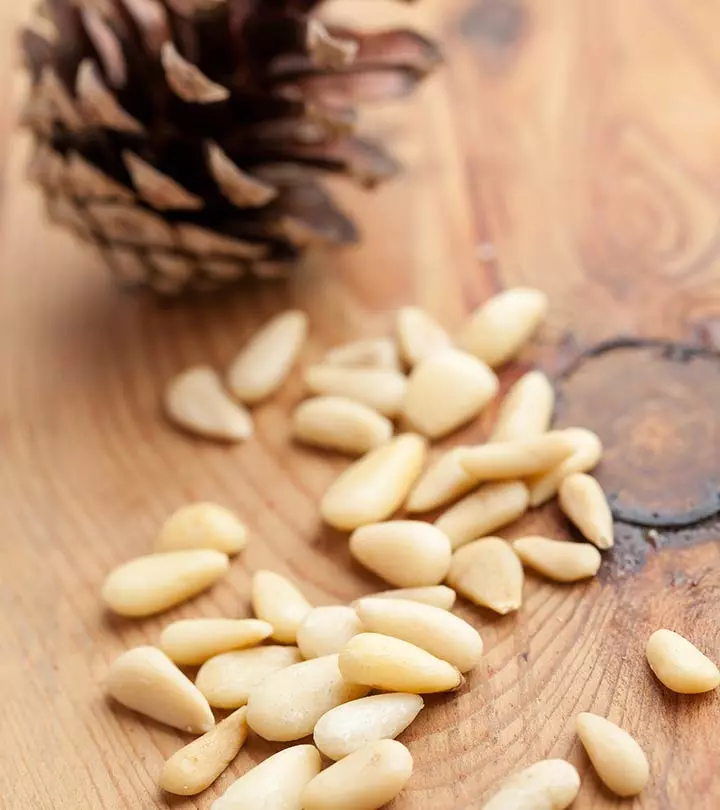
Image: Shutterstock
Pine nuts are acquired from the forests of popular conifer pine, whose benefits are numerous. Unless you are allergic to them, they can be included in your diet to reap the health benefits they offer. These nuts have a delicious flavor, and they have been cultivated for thousands of years.
Pine nuts, if consumed in moderation, can promote your overall health. Want to know how? Keep reading to learn more about pine nuts and how to add them to your diet!
 Know Your Ingredient: Pine Nut
Know Your Ingredient: Pine NutWhat Is It?
An edible seed of the pine tree.
What Are Its Benefits?
Pine nut can suppress appetites, aid weight loss, prevent heart attacks, boost immunity, improve vision, and enhance skin and hair health.
Who Can Consume It?
Everyone except individuals with conditions like arthritis and IBD.
How Often?
You can consume 2 tablespoons or around 30 gms of pine nut daily.
Caution
People allergic to tree nuts might be allergic to pine nut as well.
In This Article
What Are Pine Nuts?
Pine nuts are merely the edible seeds of pine trees. Scientifically called Pinus gerardiana, the pine tree is native to eastern Afghanistan, Pakistan, and northwestern India, and grows at elevations between 1800 and 3350 meters.
Also called ‘pignon’ in French, ‘piñones’ in Spanish, ‘pinienkernen’ in German, and ‘koukounari’ in Greek, there are 20 species of pine trees that produce pine seeds. The most commonly harvested pine seeds come from four pine tree varieties – the Mexican pinon, the Colorado pinon, the Chinese nut pine, and the Italian stone pine.
 Trivia
TriviaThat’s a bit about the nuts (or seeds, technically speaking). How about taking a look at the history?
Key Takeaways
- Pine nut is the pine tree seed, rich in nutrients like mono and polyunsaturated fat, essential vitamins, and minerals.
- Pine seeds’ antioxidant and Vitamin E compositions improve skin hydration, alleviate inflammation, protect against hair damage and breakage, and have an anti-aging action.
- They also improve heart health by controlling cholesterol levels, and also help in weight loss.
- You can consume pine nuts raw, roasted, or added to recipes. Use high-quality unsalted pine seeds to reap the benefits.
- Pine nuts have a high calorific value, so consume them moderately.
What Is The History Of Pine Nuts?
These nuts have been an important food for thousands of years. In fact, the native Americans from the Great Basin had harvested these nuts for over 10,000 years. Nomadic hunter-gatherers may have started harvesting pine nuts as far back as 10000 BC, before they became quite popular in Europe and Asia. The nuts then further spread to the Americas and the rest of the world. All because of one reason – the nuts are incredibly nutritious.
The following section will give you a better idea of the nutritional profile.
What Is The Nutritional Profile Of Pine Nuts?
| Nutrition Facts Serving Size 1 Ounce Kernels | ||
|---|---|---|
| Amount Per Serving | ||
| Calories 191 | Calories from Fat 174.4 | |
| % Daily Value* | ||
| Total Fat 19g | 30% | |
| Saturated Fat 1g | 7% | |
| Trans Fat | ||
| Cholesterol 0mg | 0% | |
| Sodium 1mg | 0% | |
| Total Carbohydrate 3.7g | 1% | |
| Dietary Fiber 1g | 4% | |
| Sugars 1g | ||
| Protien 4g | ||
| Vitamin A | 0% | |
| Vitamin C | 0% | |
| Calcium | 0% | |
| Iron | 9% | |
| Vitamins | ||
| Amounts Per Selected Serving | %DV | |
| Vitamin A | 39.1IU | 1% |
| Vitamin C | 1.1mg | 2% |
| Vitamin D | – | – |
| Vitamin E (Alpha Tocopherol) | 12.6mg | 63% |
| Vitamin K | 72.8mcg | 91% |
| Thiamin | 0.5mg | 33% |
| Riboflavin | 0.3mg | 18% |
| Niacin | 5.9mg | 30% |
| Vitamin B6 | 0.1mg | 6% |
| Folate | 45.9mcg | 11% |
| Vitamin B12 | 0.0mcg | 0% |
| Pantothenic Acid | 0.4mg | 4% |
| Choline | 75.3mg | |
| Betaine | 0.5mg | |
| Minerals | ||
| Amounts Per Selected Serving | %DV | |
| Calcium | 21.6mg | 2% |
| Iron | 7.5mg | 41% |
| Magnesium | 339mg | 85% |
| Phosphorus | 776mg | 78% |
| Potassium | 806mg | 23% |
| Sodium | 2.7mg | 0% |
| Zinc | 8.7mg | 58% |
| Copper | 1.8mg | 89% |
| Manganese | 11.9mg | 594% |
| Selenium | 0.9mcg | 1% |
| Fluoride | – | |
One serving of pine nuts (28 grams) contains 191 calories, 19 grams of fat, and 3.7 grams of carbohydrates. Other nutrients in pine nuts include:
- 1 gram of fiber (1% of the daily value)
- 169 milligrams of potassium (4% of the daily value)
- 9 grams of protein (7% of the daily value)
- 1 milligrams of thiamin (7% of the daily value)
- 6 milligrams of iron (8% of the daily value)
- 7 milligrams of vitamin E (9% of the daily value)
- 8 milligrams of zinc (12% of the daily value)
- 163 milligrams of phosphorus (16% of the daily value)
- 71 milligrams of magnesium (18% of the daily value)
- 3 micrograms of vitamin K (19% of the daily value)
*United States Department of Agriculture, pine nuts (1)
Pine nuts contain several other vital nutrients, and all of them have one common goal – which is to offer us the best health benefits.
What Are The Health Benefits Of Pine Nuts?
Pine nuts work great in suppressing appetite and aiding weight loss, thanks to their fatty acid content. The great combination of nutrients in pine nuts boosts energy, while other important minerals like magnesium and protein help prevent heart attacks and diabetes. The other antioxidants in these seeds are good for pregnancy and boost immunity, vision, skin, and hair health.
1. Suppress Your Appetite
Research shows that pine nuts contain certain fatty acids that might help curb appetite (2). These fatty acids in pine nuts (especially Korean pine nuts) help release a hormone called cholecystokinin (CCK), which is known to suppress appetite (3). When the study was done on people, it revealed encouraging results.
Another study found that pine nuts can boost the functioning of appetite suppressants by up to 60 percent for as long as 4 hours (4).
The important fatty acid in Korean pine nut oil is pinolenic acid, which studies say is a promising satiety ingredient (5).
2. Boost Energy

Certain specific nutrients in pine nuts, like monounsaturated fat, iron, and protein, can help boost energy levels (6), (7). They also are a great source of magnesium. When magnesium is at low levels in the body, it can cause fatigue (8).
Pine nuts also help build and repair tissues in the body that might otherwise lead to fatigue. The protein in the nuts also helps. This nutrient, which is a complex molecule, takes longer to break down in the body – offering a steady and long-lasting supply of energy without causing a burnout (9).
3. Reduce The Risk Of Heart Disease
Nuts, in general, are always considered good for the heart. Studies have shown that nut consumption can cut the risk of sudden death by heart attack (10). Monounsaturated fats, vitamins E and K, magnesium, and manganese form a synergistic blend to prevent cardiovascular disease.
The pinolenic acid in pine nuts supports healthy cholesterol and even helps lower the levels of bad cholesterol (LDL) (11). The vitamin K in these seeds helps to form blood clots to prevent bleeding after injury while the vitamin E helps produce red blood cells important for oxygen transport. Consuming tree nuts (like pine nuts) has also been associated with lower blood pressure levels.
4. Benefits Diabetics

According to research, eating pine nuts every day can help control type 2 diabetes (12). The seeds also prevent related complications like vision issues and stroke. Type 2 diabetes patients who had pine nuts every day showed improved glucose control and reduction in bad cholesterol levels.
More interestingly, pine nuts (and other tree nuts) have benefits for both glucose control and blood lipids. They can also be used to increase the intake of vegetable oils and protein in type 2 diabetes patients. This is important since these two components are vital to improve the symptoms of the disease without leading to weight gain (13).
5. Enhance Brain Health
We already saw pine nuts are rich in iron, which is a mineral required for storing and transporting oxygen. However, iron is also important for brain health too (14).
Also, research shows that other nutrients in pine nuts, like magnesium, can help treat anxiety, depression, and stress. One study proved that dietary intake of magnesium could help improve the condition of adolescents with depression and anxiety disorders. Higher levels of magnesium can lead to lesser emotional outbursts and other behaviors associated with mood disorders (15).
6. Cut Cancer Risk
The cancer health benefits of pine nuts can be attributed to their magnesium content. This mineral has been linked to a lower risk of various types of cancer. One study shows that a decrease in serum magnesium by 100 milligrams per day can increase the risk of pancreatic cancer risk by 24 percent (16). Therefore, increasing your blood magnesium levels may help to lower such risk.
7. Strengthen Bones
Calcium is well-known for its bone health benefits. Did you know, though, that vitamin K can help bones too? One study talks about how this vitamin can help in the treatment and prevention of osteoporosisi A condition that causes low bone density, which leads to weak bones that are prone to frequent fractures. (17). It not only increases bone mineral density but also reduces fracture rates (18).
And here’s something quite interesting. One very common reason for the deficiency of vitamin K is the intake of cholesterol-lowering pharmaceuticals. But when you take pine nuts, you may not need any cholesterol-lowering medication since the nuts have cholesterol-lowering potential, not to mention that they provide a rich source of vitamin K (19).
8. Aid Weight Management

This is where we talk about appetite suppression again. We already saw how the pinolenic acid in pine nuts could help suppress appetite. This appetite suppression can aid in weight loss.
The other heart-healthy fatty acids in pine nuts also help burn belly fat. One study states that replacing saturated fats in the diet with pine nuts (and nuts, in general) can help you lose weight without making any additional changes to calorie intake or exercise duration (20).
9. Boost Immunity
The manganese and zinc in pine nuts can do a great job at boosting immune health (21). While the former helps maintain the body’s hormonal balance and strength of connective tissue, the latter boosts immunity and aids wound healing.
As per one report, additional zinc in the diet can help boost the immune system in older adults (22). Zinc is associated with an improvement in the function and number of T-cells, which are a type of white blood cells that destroy invading pathogens.
10. Improve Vision Health

Pine nuts contain a lot of lutein, which is an antioxidant also known as the eye vitamin. Several surveys have revealed that most Americans taking the Standard American Diet don’t consume adequate amounts of lutein.
There are about 600 carotenoids your body can utilize, of which only about 20 are transported to your eyes. Of these, only two are deposited in your eyes in large amounts. One is lutein, and the other is zeaxanthin. Both these nutrients help prevent macular degenerationi An eye disorder that causes loss of vision in the retina, especially at its center (macula). It is common in old age. and glaucomai A group of eye diseases caused due to damage to the optic nerve and high pressure in the eye that may lead to vision loss. by fighting free radical damage.
11. Enhance Skin And Hair Health
High concentrations of various essential vitamins, minerals, and antioxidants make pine nuts amazingly helpful for skin care. Vitamin E and antioxidants work to hold back the aging process (23). And thanks to its anti-inflammatory properties, pine nut oil is very suitable for sensitive skin types. It nourishes the skin and protects it from various common conditions. Moreover, it also has great moisturizing effects on the skin.
Pine nut oil is well known for massage therapy because of its healing property. It helps to reduce a number of skin issues like itching, psoriasisi An autoimmune disease that causes inflammation, itchy rashes and scales on the skin, most commonly on the scalp, knees, and elbows. , pimples, eczema, scabiesi A highly contagious skin infection caused by severely itchy tiny mites that burrow into the skin. , and sores. This nut oil gives the skin a revitalized and fresh look.
A body scrub created with raw pine nuts and coconut oil revives the skin by sloughing off dead skin cells. Moreover, due to its excellent hydrating and moisturizing properties, it is a recognized remedy for relieving dehydrated skin.
Pine nuts are a rich source of vitamin E, a vitamin known for boosting hair growth. Moreover, it also keeps the scalp in good condition. People suffering from hair loss or hair thinning have found pine nut oil to be extremely helpful in combating the condition.
These edible nuts contain a high concentration of proteins. The protein content in the nuts protects the hair against damage and keeps it strong, healthy, and lustrous.
These are the health benefits of pine nuts. But now, we have an important question to address.
Are Pine Nuts Good During Pregnancy?

Very much. Because they are highly nutritious, which is the kind of stuff pregnant women must be taking in.
Pine nuts are high in fiber, and this can help ease constipation, which is one common issue during pregnancy. And the iron and proteins are particularly beneficial, especially if the mother is a vegetarian. Iron and proteins play a vital role in the health of both the mother and the baby.
Pine nuts contain vitamin C too (though not so much), which helps in the efficient absorption of iron. Anecdotal evidence also suggests that the nutrition from pine nuts is beneficial for the overall health of nursing mothers and may support lactation. However, keep in mind that taking pine nuts in their natural form is always the best option.
That settles it, right? And if you are wondering how to pick the right pine nuts and how to store them, keep reading.
How To Select And Store Pine Nuts
Selection
- While buying pine nuts from the market, always rummage for the bright brown ones that have compact and uniform size. Try dropping the nuts from a little height. If they produce a good metallic sound, their quality is assured.
- The pine nuts you buy should be heavy and free of cracks.
- Never choose the pine nuts if they smell rancid.
- Shelled and processed kernels are also available in the market in airtight plastic bags. While paying for these, always try to buy them from an authentic source to ensure optimum freshness.
Storage
As mentioned earlier, pine nuts are available in the market in both shelled and unshelled forms.
Unshelled nuts have a relatively longer shelf life than the shelled ones. They can be stored for almost three to four months.
The shelled nuts are not good candidates for long-term storage. They get damaged easily, especially if stored in a hot, humid place. Therefore, it’s best to store them in a cool and dry place.
Oh, wait. There’s more. If you want to know the different ways you can prepare and cook with pine nuts, this is it.
Any Tips For Incorporating Pine Nuts Into Your Diet?
Pine nuts can be used for culinary purposes in more than one way. Here are some ideas to incorporate these healthy and tasteful nuts in your regular recipes and diverse cuisines:
- Crunchy Addition
These seeds can be a crunchy addition to chocolate, cookies, biscuits, granolas, slices, and cakes. Moreover, they can be added to wholemeal breads, home-baked pizzas, other snacks, and several desserts like sundaes and ice-cream-based recipes.
- Dressings On Bars And Smoothies
You can also use roasted pine nuts as salad dressing or add to protein bars and fruit smoothies.
- Nutritious Coating On Various Tasty Dishes
Incorporate pine nuts in meat, fish, and various vegetable dishes. They provide a scrumptious and highly nutritious coating for chicken, fish, and tofu, which can be baked, deep-fried or pan-fried and also as an addend in pesto sauce.
 Did You Know?
Did You Know?Any Tips On Preparation And Cooking?
- If you are cooking for guests, let them know you are cooking with pine nuts. Most people who are allergic to nuts are allergic to pine nuts as well.
- Toasting pine nuts brings out the best flavor.
- Blanched and slivered almonds are an excellent substitute for pine nuts in several recipes.
- Remember that Chinese varieties of pine nuts have a stronger flavor than the milder Mediterranean and Italian varieties.
There are other ways you can use pine nuts in your cooking, such as the following recipes.
Any Delicious Pine Nut Recipes?
1. Avocado And Spinach Salad With Pine Nuts
What You Need
- 1 bag of washed and dried baby spinach
- 1 sliced avocado
- ¼ cup of toasted pine nuts
- 3 tablespoons of olive oil
- 1 tablespoon of fresh lemon juice
- Salt and pepper, as required
Directions
- Whisk the olive oil, lemon juice, salt, and pepper.
- Toss all the ingredients in a bowl.
- Serve.
2. Salty-Sweet Pine Nut Bars
What You Need
- 7 ounces of cake flour
- ½ cup of powdered sugar
- ¼ cup of cornstarch
- 5/8 teaspoons of salt, divided
- 3 ounces of fat-free cream cheese
- 2 tablespoons of butter
- Cooking spray
- ¾ cup of maple syrup
- 1/3 cup of granulated sugar
- 1 teaspoon of vanilla extract
- 2 large eggs
- ½ cup of pine nuts
Directions
- Firstly, heat the oven to 400 degrees Fahrenheit.
- Lightly spoon the flour into a dry measuring cup. Combine the flour, powdered sugar, cornstarch, 1/8 teaspoon of salt, and whisk.
- Cut in the cream cheese and butter with a pastry blender until the mixture resembles a coarse meal. Transfer the mixture to a 9-inch square metal baking pan coated with cooking spray. Pat the mixture evenly into the pan. Bake at 400o F for about 20 minutes or until it is lightly browned.
- Reduce the oven temperature to 350 degrees Fahrenheit.
- Combine the maple syrup, granulated sugar, and vanilla extract. Keep stirring the ingredients with a whisk. Stir in the pine nuts. Pour the syrup mixture over the crust, spreading the nuts evenly on the top. Sprinkle on the remaining salt.
- Bake at 350 degrees Fahrenheit for 25 minutes. Let it cool.
- Cut into squares and serve.
3. Pine Nut-Crusted Salmon
What You Need
- 4 oz. of salmon
- ½ cup of pine nuts, finely chopped
- ½ cup of bread crumbs
- 1 tablespoon of parsley, finely chopped
- 1 teaspoon of salt
- ½ teaspoon of pepper
- 1 tablespoon of whole-grain mustard
- 1 tablespoon of honey
- 1 teaspoon of minced garlic
- 2 tablespoons of olive oil
- 1 teaspoon of lemon zest
Directions
- Add pinenuts and bread crumbs to a large mixing bowl.
- In another bowl, mix parsley, salt, pepper, whole-grain mustard, honey, minced garlic, olive oil, and lemon zest.
- Slice salmon and coat it with this mixture followed by pinenuts and bread crumbs.
- Bake at 375°F for 20 to 25 minutes or until the crust appears golden brown.
- Serve with salad.
4. Pine Nut Pesto Pasta
What You Need
- 1 pack of spaghetti pasta, boiled
- 1 cup of fresh basil leaves
- ⅓ cup of pine nuts
- ½ cup of grated Parmesan cheese
- 2 garlic cloves, minced
- ¼ cup of olive oil
- 1 tablespoon of lemon juice
- 1 teaspoon of salt
- ½ teaspoon of pepper
- ¼ cup of pasta water
Directions
- Add basil leaves, toasted pine nuts, Parmesan cheese, garlic cloves, lemon juice, salt, and pepper to a food processor.
- Grind until everything is finely chopped.
- Add olive oil to it and grind again to form a smooth paste.
- Transfer to a pan and cook for 2 minutes. If the pesto is too thick, add a tablespoon of pasta water to thin it out.
- Toss in the cooked pasta.
- Garnish with Parmesan, basil leaves, and pine nuts.
The recipes are sure to taste great. But hey, how about checking out some fun facts?
Any Fast Facts On Pine Nuts?
- Though most pine nuts take about 18 months to mature, some take as long as three years.
- Pines reproduce through cones, which are conically shaped structures containing male and female sex organs.
- The seeds have wings and can get dispersed by wind.
- European pine nuts can be considered a luxury product. They can cost as much as €100 (or about $114) per kg.
- Chinese pine nuts have a bitter aftertaste, whereas those from Pakistan are sweeter.
In case you were thinking where you can pick your next pack of pine nuts from…
Where To Buy Pine Nuts
You can pick a pack of pine nuts from your nearest supermarket store or get them online. Go with organic varieties as they are free of harmful pesticides and promote sustainable farming practices.
Any Side Effects Of Pine Nuts?
- Nut Allergies
People who are allergic to nuts might also develop allergies to pine nuts.
- Issues With Pregnancy And Breastfeeding
Yes, we spoke of how good these seeds can be during pregnancy. But only consume in moderation. However, when it comes to breastfeeding, less information is available. Consult your doctor before consuming.
- Concerns With Supplements
Certain supplements made of oil (especially Siberian pine nut oil) might aggravate conditions in people suffering from seizures. Consult your doctor in this regard.
A blogger shared his experience about pine mouth or pine nut syndrome after consuming some Chinese pine nuts. He said, “Bought some Pine Nuts at our local Kroger grocery store. A few days later I noticed an odd metallic taste in the back of my mouth. Drank a glass of red wine at dinner one night and it tasted like vinegar (i).”
Pine nuts can strengthen your bones and aid in weight loss. But are they better than peanuts? Find out in the next section.
Pine Nuts Vs. Peanuts.
Here is a comparison of the different nutrients of pine nuts and peanuts (1) (26).
| Nutrient | Pine Nuts (100g) | Peanuts (100g) |
|---|---|---|
| Energy | 673 kcal | 567 kcal |
| Water | 2.28 g | 6.5 g |
| Protein | 13.7 g | 25.8 g |
| Fat | 68.4 g | 49.2 g |
| Carbohydrates | 13.1 g | 16.1 g |
| Fiber | 3.7 g | 8.5 g |
| Sugar | 3.59 g | 4.72 g |
| Calcium | 16 mg | 92 mg |
| Iron | 251 mg | 4.58 |
| Magnesium | 575 mg | 168 mg |
| Phosphorous | 597 mg | 376 mg |
| Zinc | 6.45 mg | 3.27 mg |
| Copper | 1.32 mg | 1.14 mg |
| Manganese | 8.8 mg | 1.93 mg |
| Vitamin C | 0.8 mg | 0 mg |
| Vitamin A | 29 IU | 0 IU |
| Vitamin E | 9.33 mg | 8.33 mg |
| Vitamin K | 53.9 µg | 0 µg |
Pine nuts offer a distinct buttery and mild flavor, making them a favorite in Mediterranean and Italian dishes. They are often used to add richness to pesto sauces and used as a common salad topping.
On the other hand, peanuts are a type of legume with a robust, earthy flavor. They are a key ingredient in Asian and African cuisines and popularly consumed as peanut butter and roasted snacks among others.
Pine nuts are higher in healthy fats and a good source of vitamins and minerals (1), whereas peanuts benefit health by providing higher protein and calcium content (26). You may know about more peanut benefits to incorporate this fantastic food into your diet.
You can incorporate either or both nuts based on your preferences and the dishes you prepare.
Infographic: Varieties Of Pine Nuts
Pine nuts are loaded with rich nutrients and can be eaten raw or roasted. They contain antioxidants and a wide variety of vitamins and minerals that help treat many ailments. From suppressing your appetite to enhancing hair and skin health, pine nut’s benefits are wide ranging. In addition, they are available in many different varieties. Check out the infographic below to learn about the types of pine nuts. Illustration: StyleCraze Design Team
Pine nuts, the edible seeds of the pine tree come from pine cones. are rich in vitamin E, vitamin K, iron, zinc, phosphorus, manganese, and other important minerals. While these help boost your immunity and energy levels, they are also beneficial for your weight loss routine and diabetic-friendly meal plans. Pine nuts are also found to have beneficial effects on your eye, heart, skin, and hair health. Highly nutritious, pine nuts are also considered safe for pregnant women. Unless you have any nut allergy, you can enjoy pine nuts toasted or blanched making for a healthy addition to soups and salads.
Frequently Asked Questions
What is pine mouth syndrome?
Pine nuts can often cause a mysterious metallic taste 12 to 48 hours post consumption. This is called the pine mouth syndrome. The syndrome, however, improves over time without any serious side effects.
Why are pine nuts so expensive?
Because they are usually harvested using the hands. They are seeds produced by cones, and gathering those seeds takes time and labor.
Where do pine nuts come from?
As we saw, from the cones of a pine tree.
Are all pine nuts edible?
Yes, though the quality of the seeds depends on the species of the pine tree.
How many pine nuts can I eat in a day?
About 15 to 20 pine nuts (about 30 grams) is fine in a day.
Can pine nuts be included in a Paleo diet?
Yes, as a Paleo diet includes eating nuts and seeds, you can include these in your diet.
Is pine nut good for sperm?
No. An animal study revealed that pine nuts might reduce sperm motility and count. The phytosterol found in pine nuts can lower male fertility factors (27). However, further human studies are required to substantiate the findings.
Which is healthier: pine nuts or cashews?
Pine nuts and cashews are both healthy foods. However, cashews contain more nutrients like proteins, calcium, iron, and zinc than pine nuts (28) (29). Moreover, cashew nut oil benefits are also gaining popularity due to its therapeutic properties.
Illustration: Health Benefits Of Pine Nuts Recipes And Side Effects
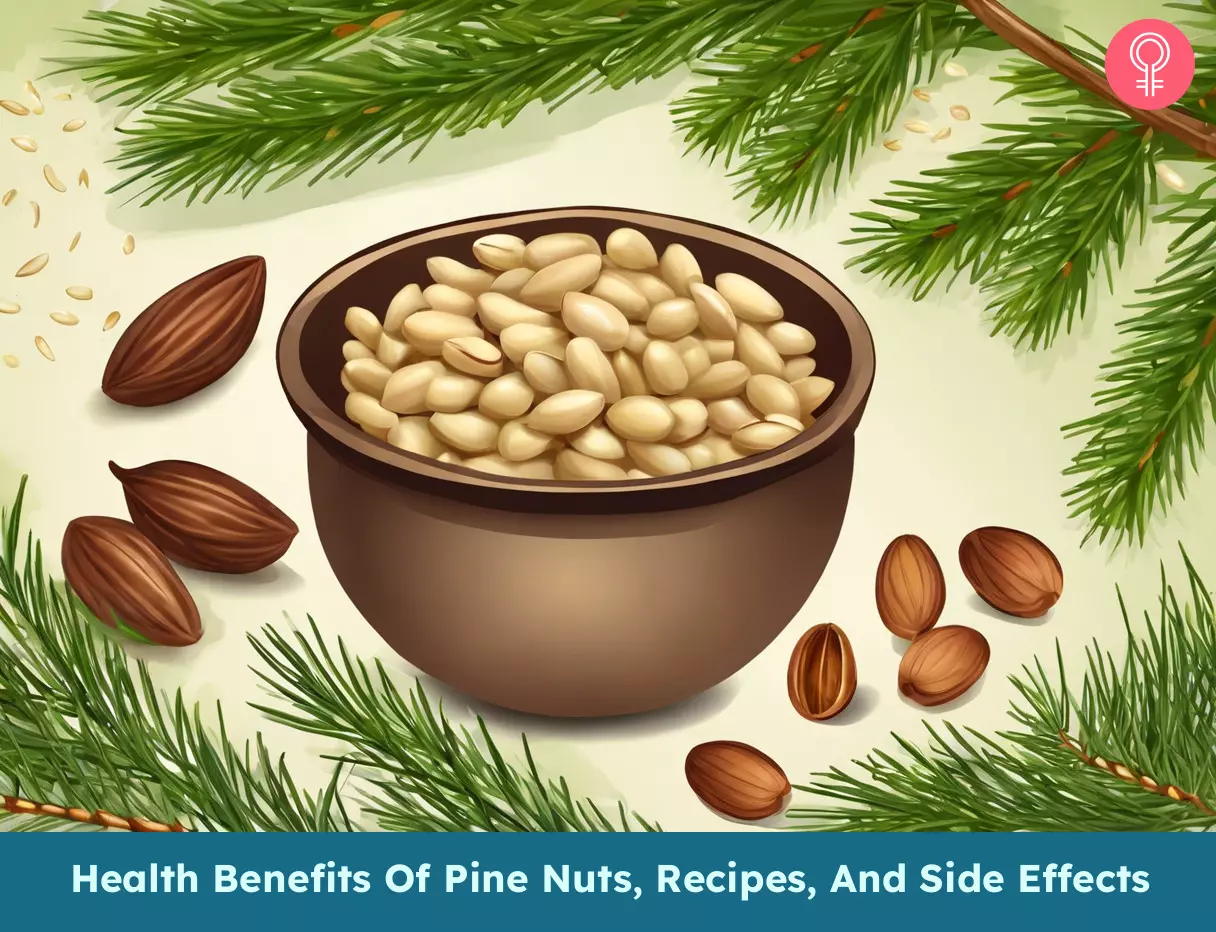
Image: Stable Diffusion/StyleCraze Design Team
Discover the surprising health benefits of pine nuts in this eye-opening video. From heart health to weight management, learn how these delicious nuts can boost your well-being. Watch now!
Personal Experience: Source
StyleCraze's articles are interwoven with authentic personal narratives that provide depth and resonance to our content. Below are the sources of the personal accounts referenced in this article.
i. I have pine mouthhttps://twomenandalittlefarm.blogspot.com/2014/04/i-have-pine-mouth.html
References
Articles on StyleCraze are backed by verified information from peer-reviewed and academic research papers, reputed organizations, research institutions, and medical associations to ensure accuracy and relevance. Read our editorial policy to learn more.
- “Nuts, pine nuts, dried” Food Data Central, National Nutrient Database for Standard Reference Legacy Release, Agricultural Research Service, United States Department of Agriculture.
- “Preparation of pinolenic acid concentrates…”. US National Library of Medicine.
- “Role of cholecystokinin…“. US National Library of Medicine.
- “Korean pine nut fatty acids affect appetite sensations, plasma CCK and GLP1 in overweight subjects”. The American Physiological Society
- “Promoting satiety”. Food Product Design.
- “Dietary fats: know which types to choose”. MayoClinic.
- “Iron”. National Institutes of Health, Office of Dietary Supplements.
- “Magnesium”. National Institutes of Health, Office of Dietary Supplements.
- “Carbohydrates, proteins, and fats”. Merck Manual.
- “Nut consumption and decreased risk of…”. US National Library of Medicine.
- “Hypolipideimic and Hypocholestermic Effect of Pine Nuts…”.World Applied Sciences Journal
- “Nuts as a Replacement for Carbohydrates in the Diabetic Diet”. Diabetes Care
- “Changes in quantity plant-based protein…“. US National Library of Medicine.
- “Impact of high iron intake on cognition…”. US National Library of Medicine.
- “Low dietary intake of magnesium is associated with…”. US National Library of Medicine.
- “Magnesium intake and incidence of pancreatic cancer…”. US National Library of Medicine.
- “Vitamin K in the treatment and prevention…”. US National Library of Medicine.
- “Vitamin K and bone”. US National Library of Medicine.
- “Evaluation of the effects of…”. US National Library of Medicine.
- “Best superfoods for weight loss”. CBS News.
- “Nutritional immunity beyond iron…”. US National Library of Medicine.
- “Extra Zinc Boosts Immune System…”. Tufts University.
- “Vitamin E in dermatology”. US National Library of Medicine.
- “High fiber diet” US National Library of Medicine.
- “Elucidating the role of diet…” US National Library of Medicine.
- “Peanuts, all types, raw” Food Data Central, National Nutrient Database for Standard Reference Legacy Release, Agricultural Research Service, United States Department of Agriculture.
- “Effect of Afghan Chehelghoza…” ResearchGate
- “Cashews, unroasted” USDA
- “Pine nuts” USDA
Read full bio of Staci Gulbin
Read full bio of Ravi Teja Tadimalla
Read full bio of Arshiya Syeda
Read full bio of Sindhu Koganti





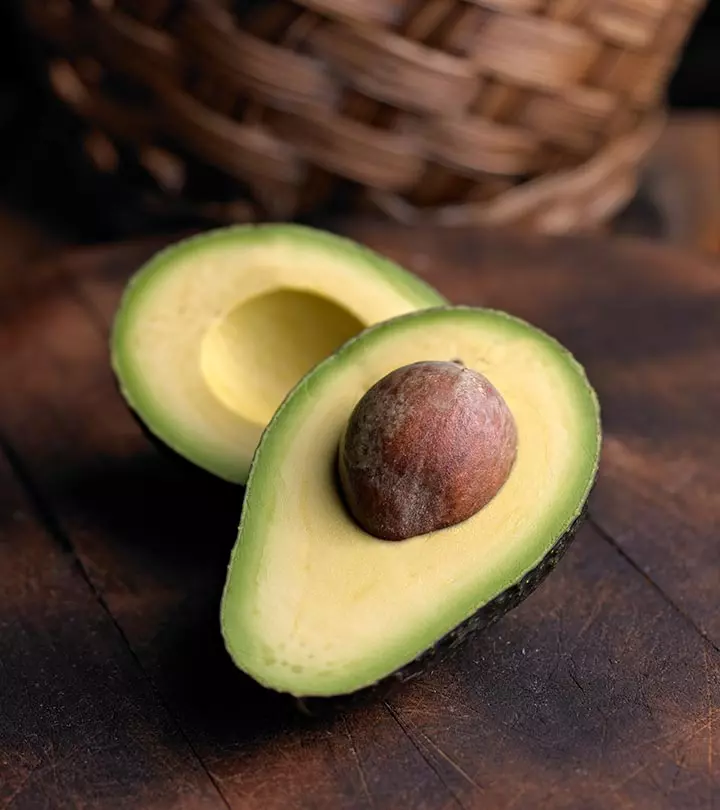
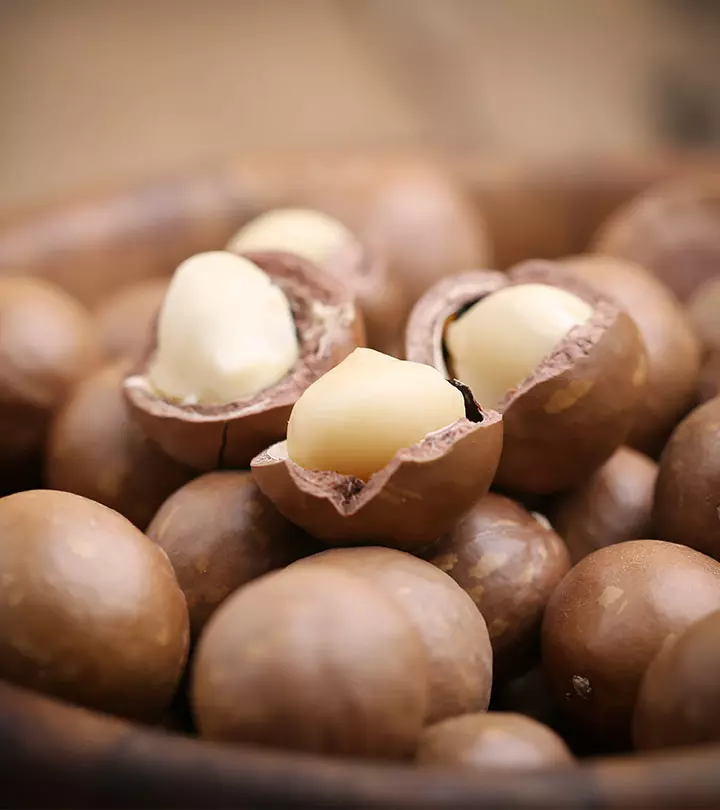
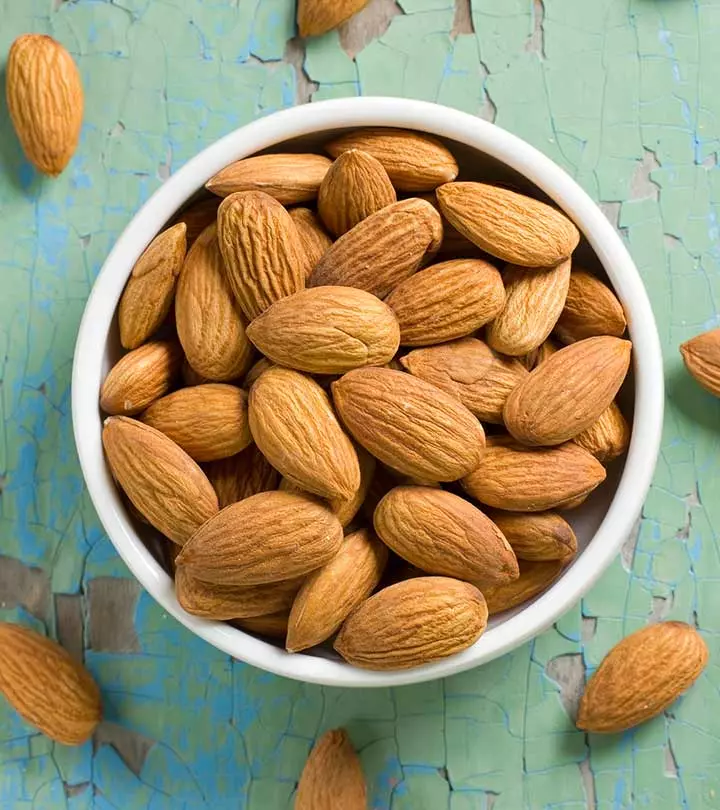
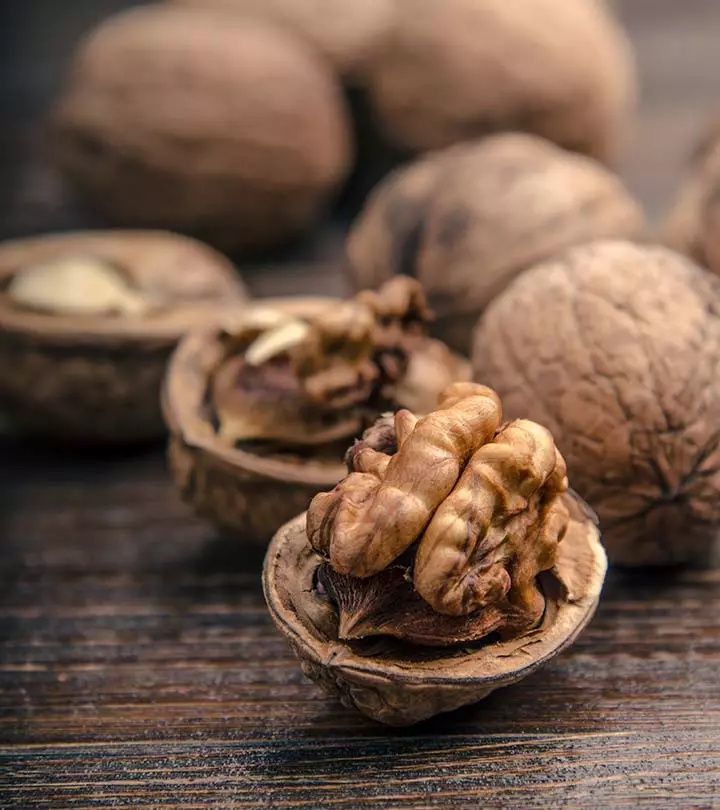
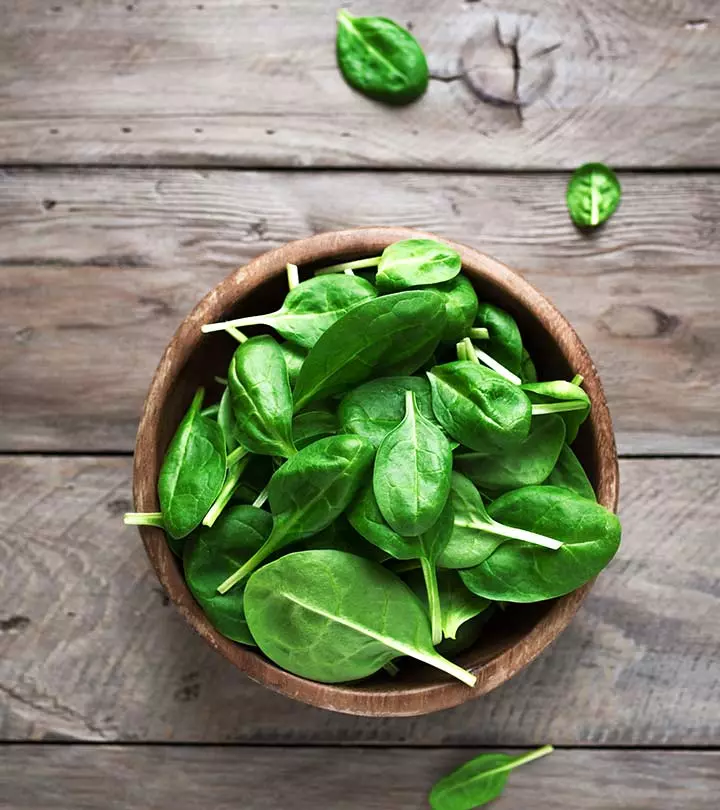
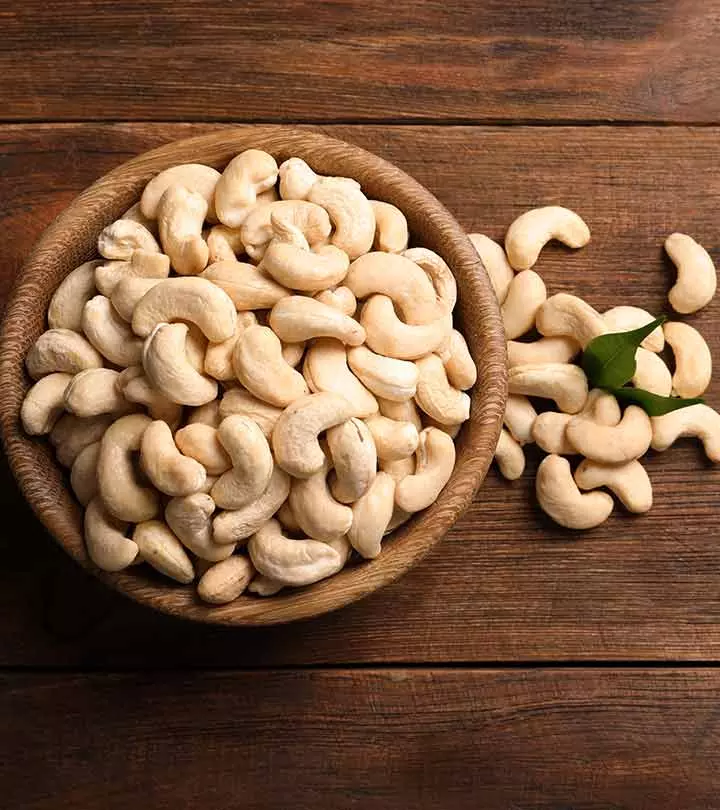
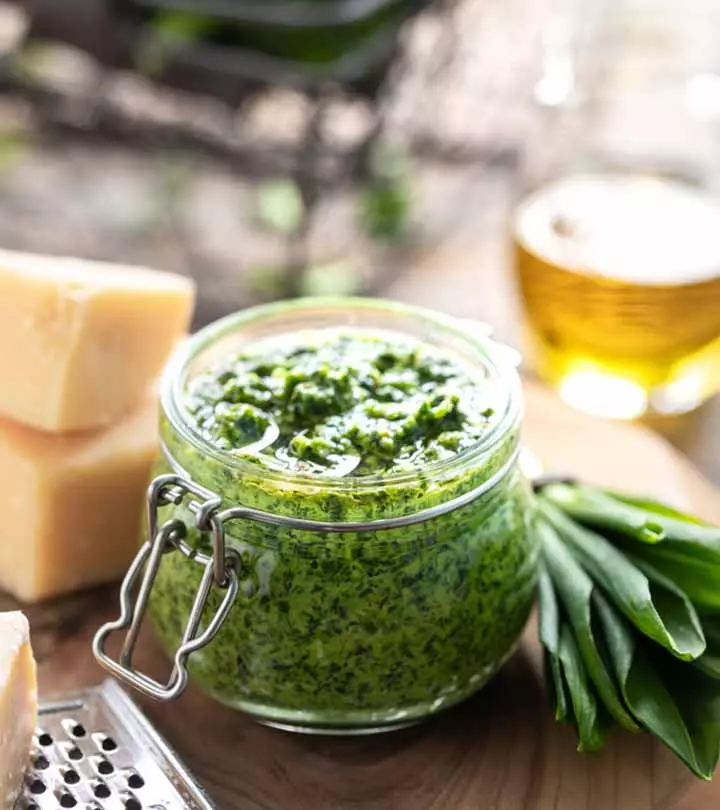
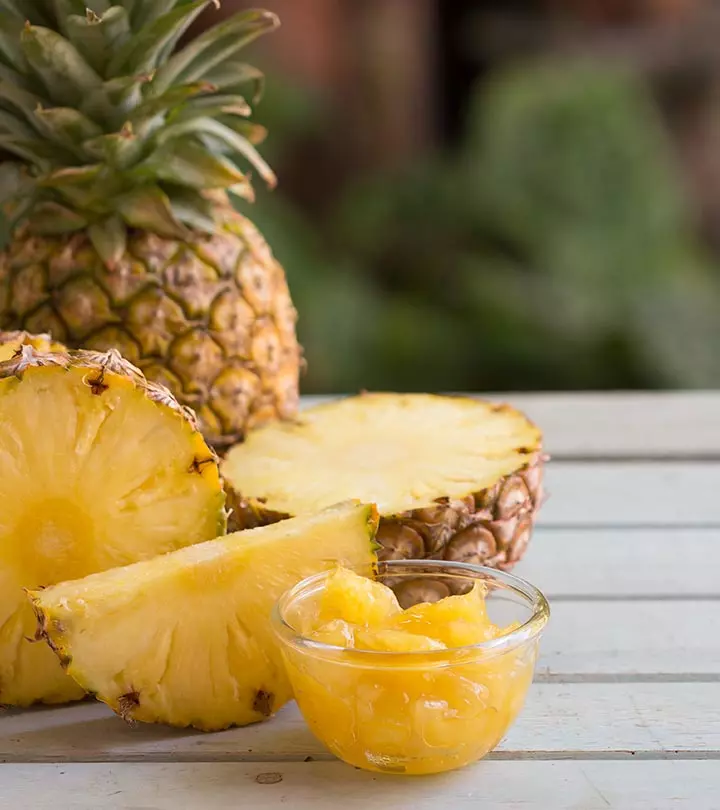
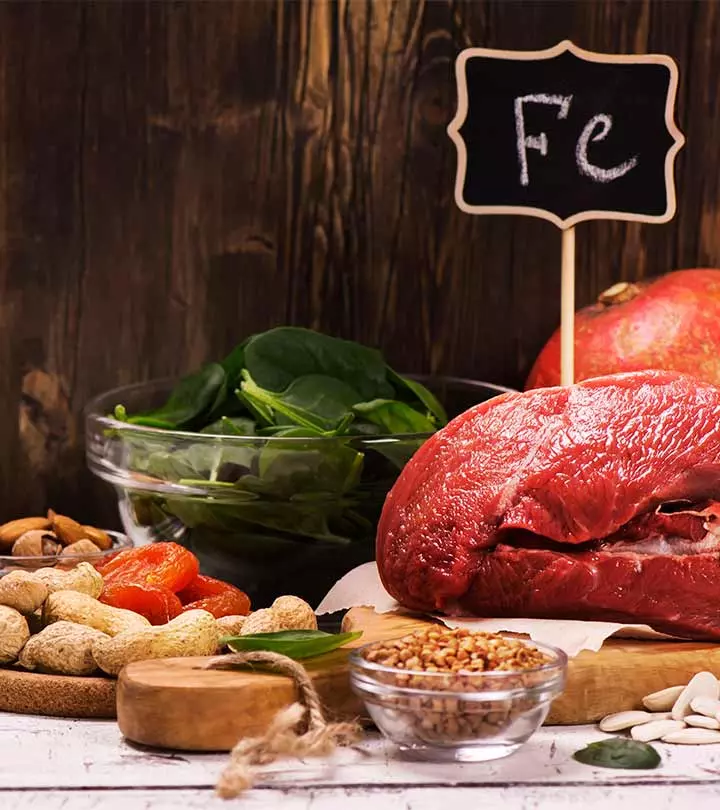
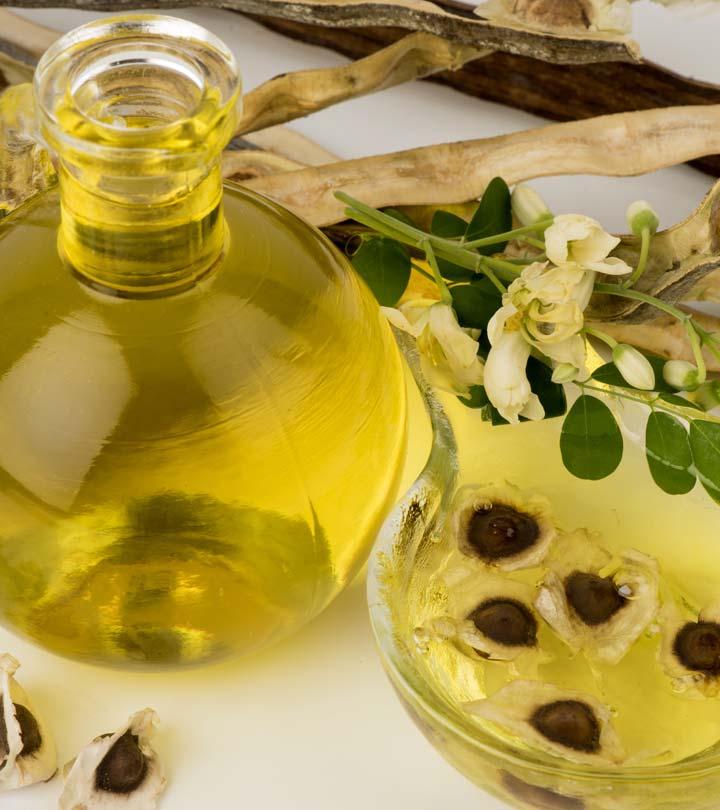



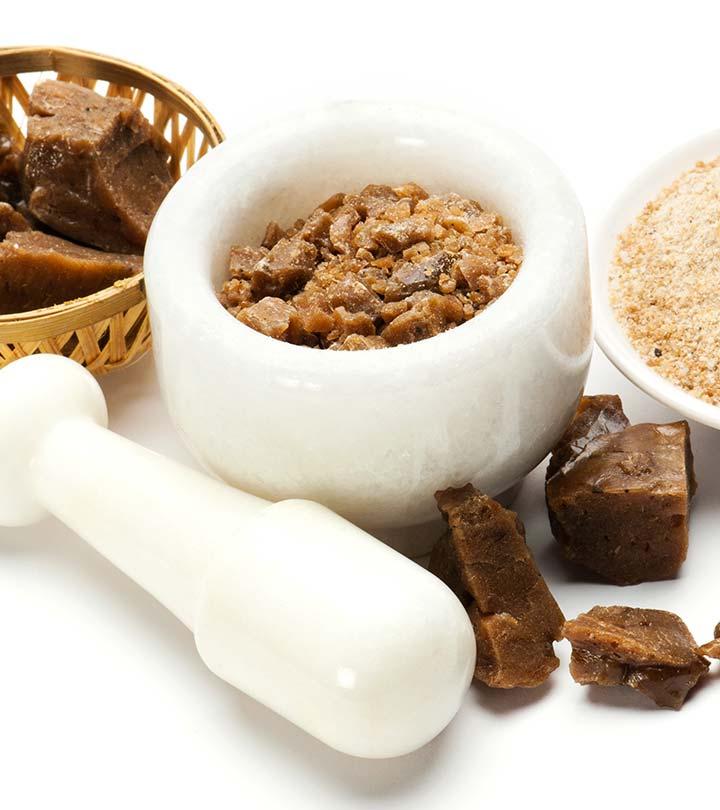
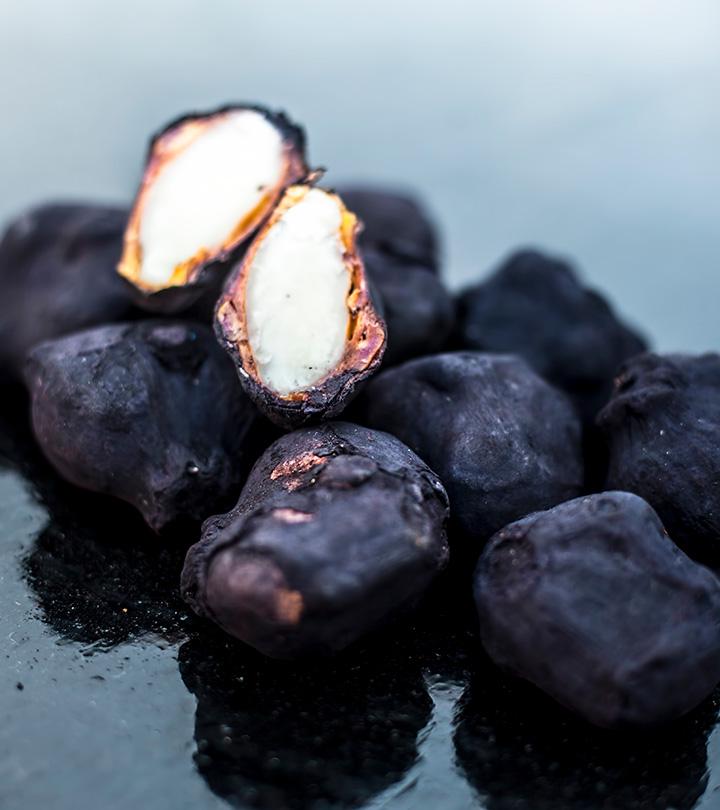
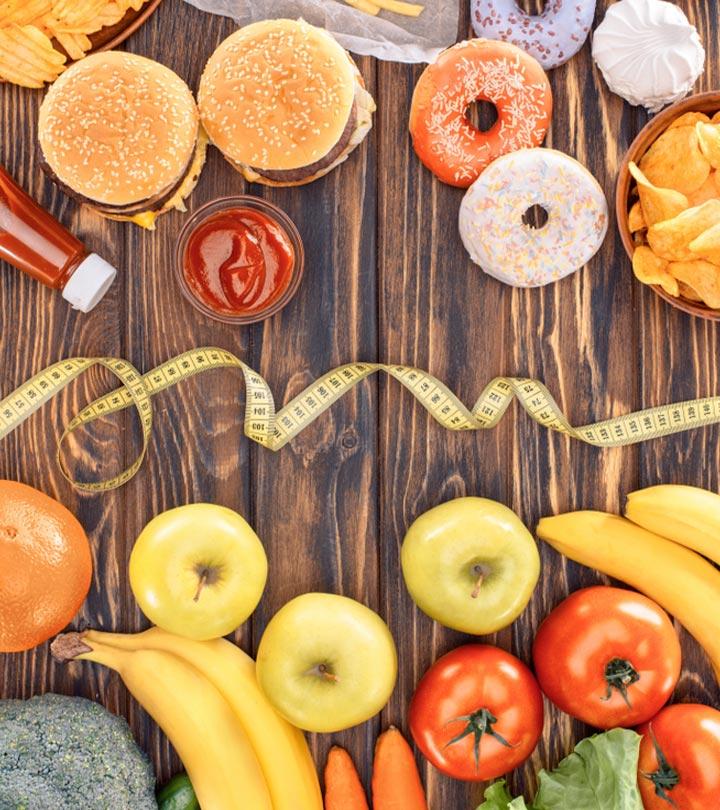

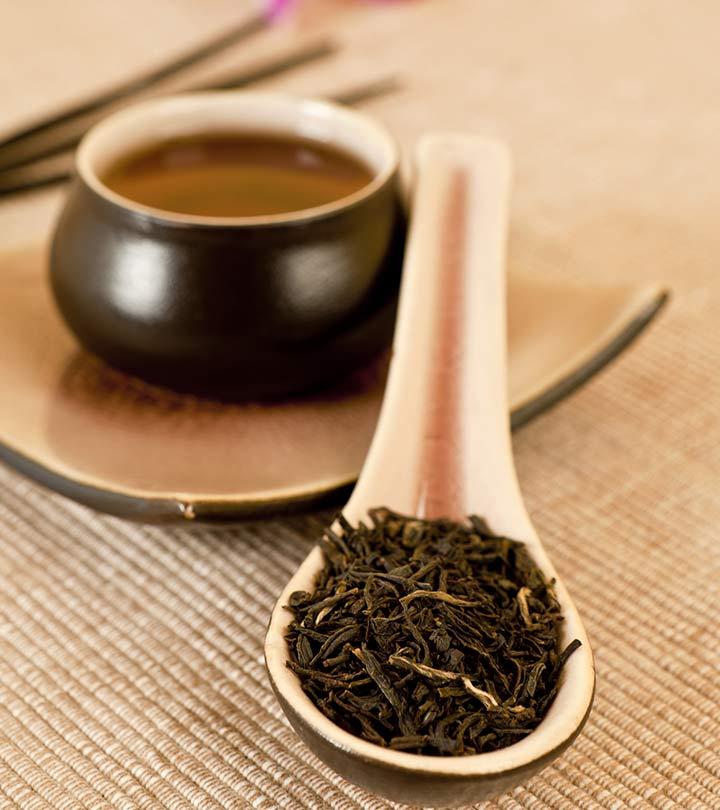
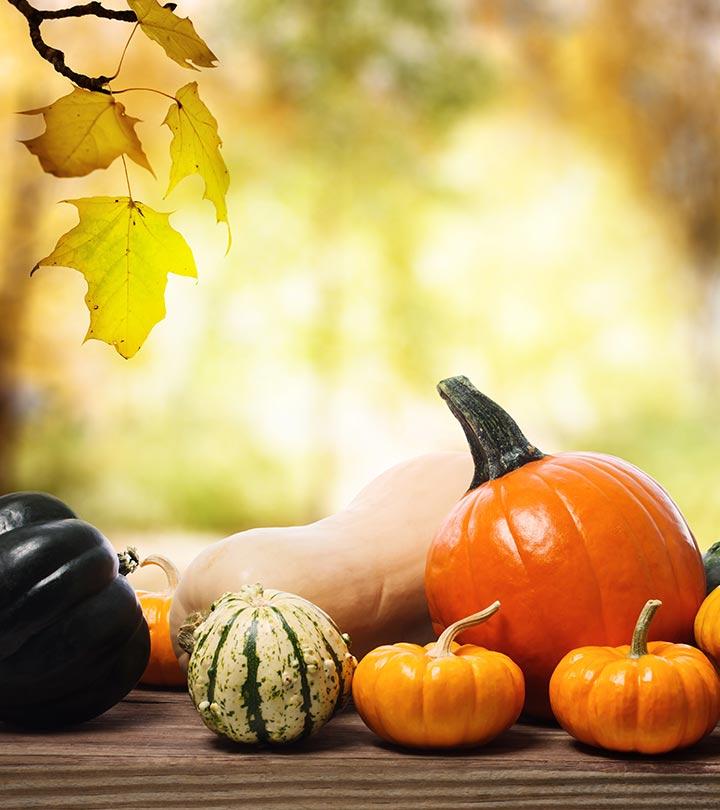
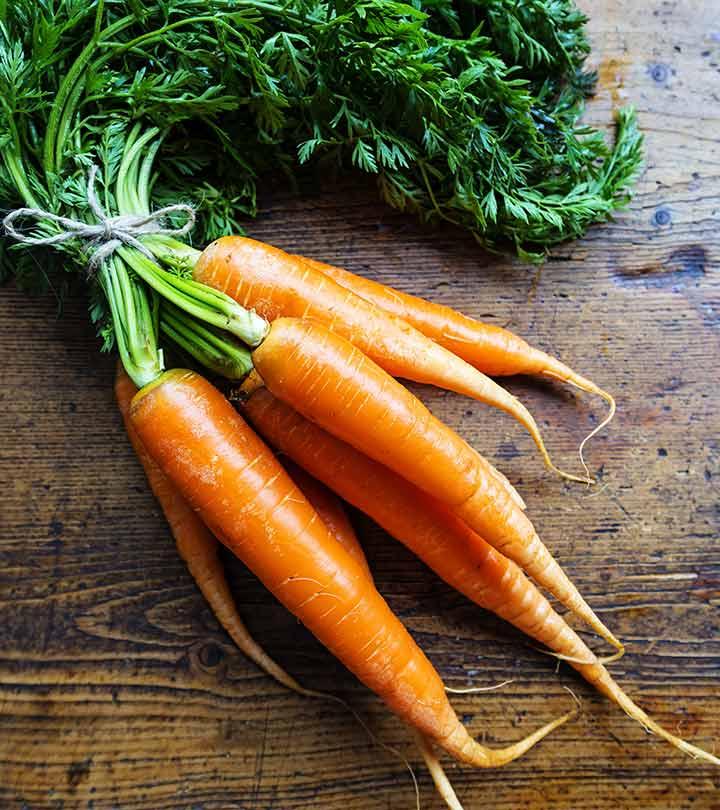
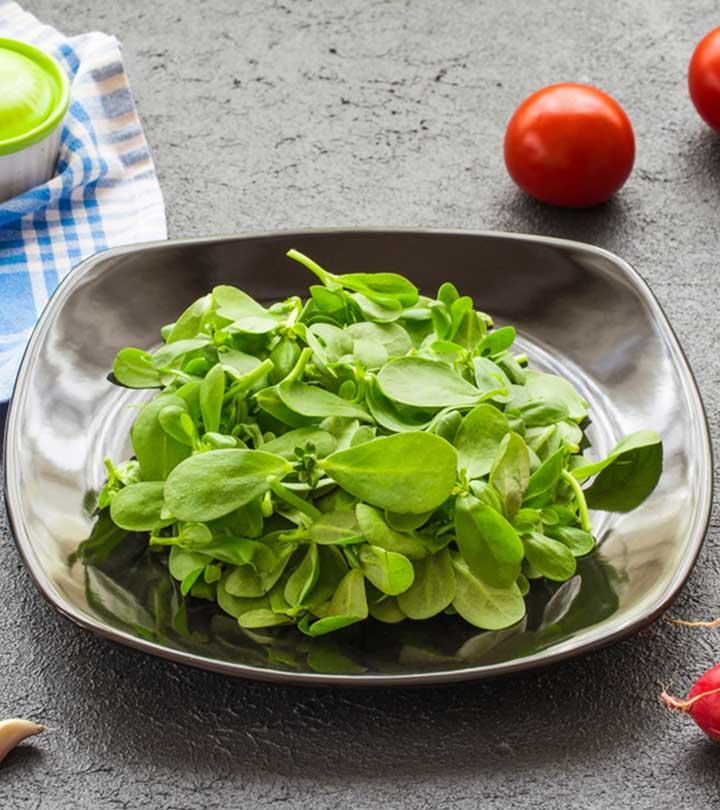
Community Experiences
Join the conversation and become a part of our empowering community! Share your stories, experiences, and insights to connect with other beauty, lifestyle, and health enthusiasts.